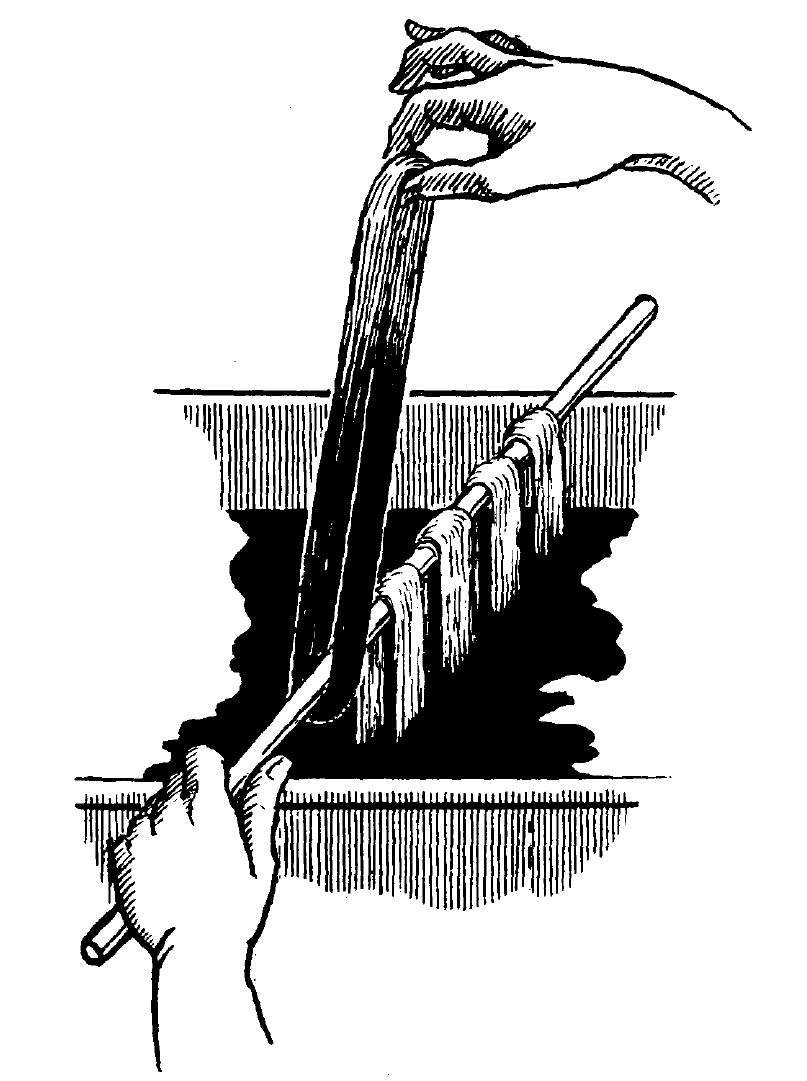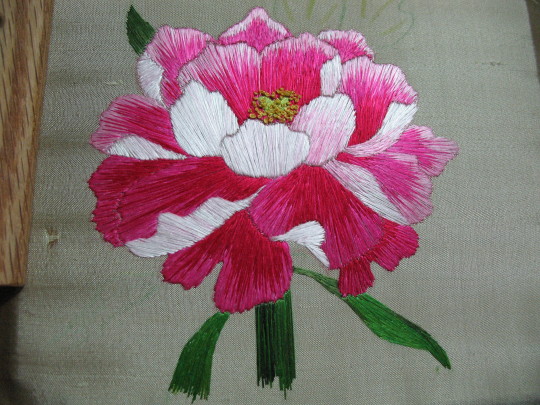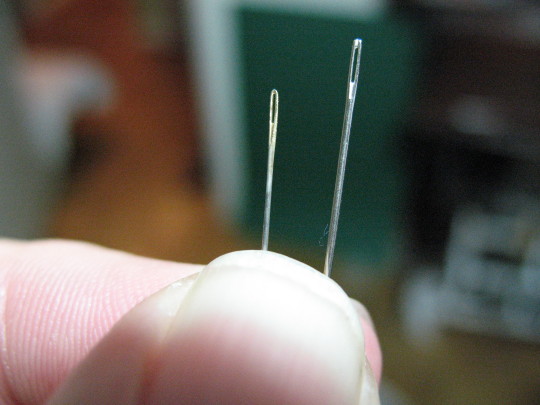It’s happened once before – that time, a Hungarian cool-photography website posted a link to my silkworm rearing page, and the course of a single day, the site got nearly five thousand hits. It didn’t have any really directly visible results, other than a spike in my hit numbers, but when they went back down, they didn’t go quite as far as they had been – routine traffic went from 200 – 300 hits per day to 500 – 600. It’s stayed up since, spiking after things like my article hitting Knitty, a print mention in “No Sheep for You” (thanks Amy!) and a couple of magazine articles.
At some point early this morning, a user posted a link to my Cecropia page on a website called reddit.com. Traffic surged upward – it was close to five thousand by the time I got to work.
Now: 
If you can’t read the tiny numbers, it was just over fourteen thousand, at twenty minutes to two in the afternoon. By the time I typed this in, just at two, it had topped fifteen thousand.
Ironically, I can’t even put the photo on my website – because the website is crashing occasionally because of the traffic. It’s still there, and I’m not hitting a bandwidth threshhold or anything – it’s just swamping the server.
A lot of them are just fly-by’s, but still!
Oh, and unrelated (I think) – I got an email this morning from a French researcher who wants ultra-light harnesses (!!!) for butterflies (!?!?). The tether has to be less than .1 gram per 30 meters.
I can reel that.








